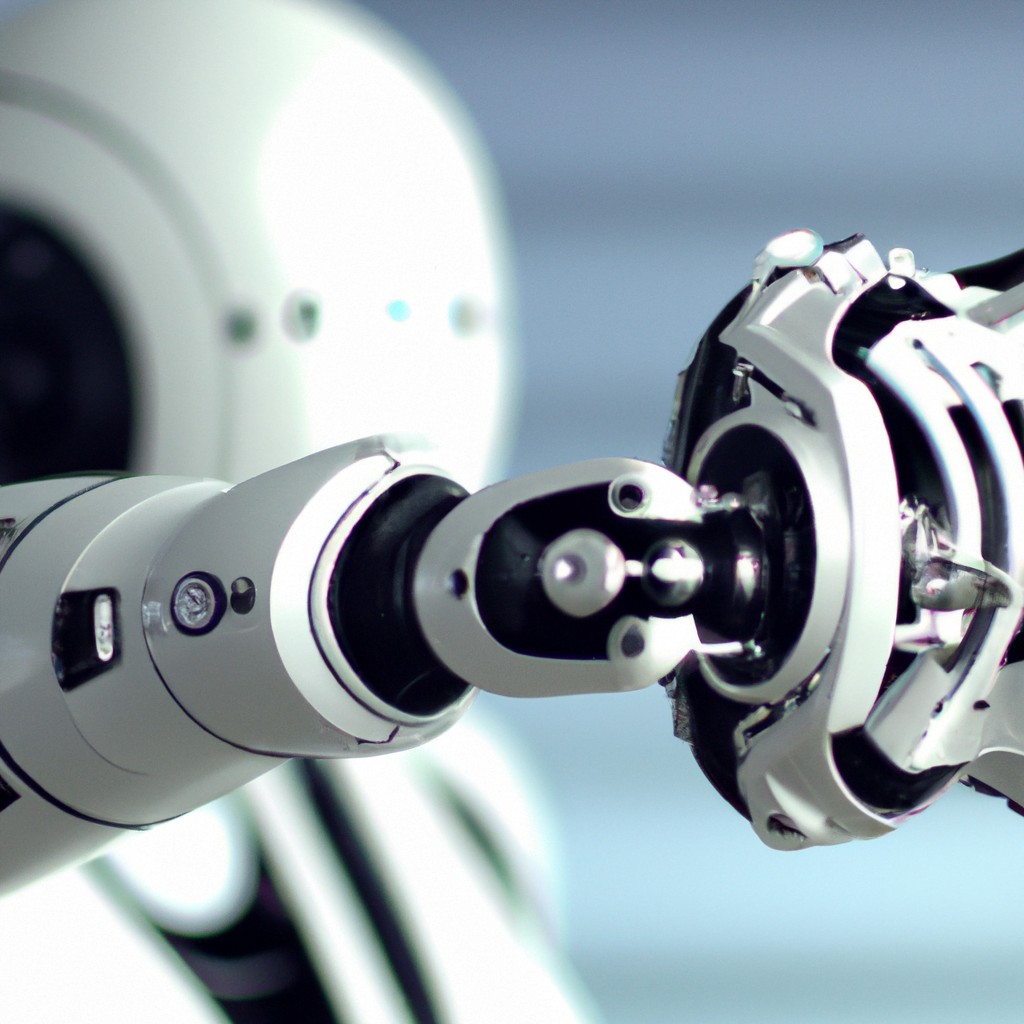Flying with Damaged Wings
First, let’s start by understanding what bug-sized robots are. Bug-sized robots are tiny robots that are designed to mimic the behavior of insects. They are usually smaller than a few centimeters and are equipped with wings that allow them to fly.
Now, when we talk about resilient bug-sized robots, we are referring to robots that are capable of continuing to fly even after their wings are damaged. This is an important feature because in nature, insects can continue to fly even after losing a wing or part of their wings.
To understand how this works, we need to take a closer look at the design of these robots. Resilient bug-sized robots are designed with a number of features that allow them to continue flying even after their wings are damaged.
One of the key features of these robots is their ability to adjust their wing motion based on the information they receive from their sensors. These sensors can detect changes in the robot’s flight behavior and can adjust the wing motion accordingly. For example, if one wing is damaged, the robot can adjust the motion of the remaining wing to compensate for the loss of lift.
Another important feature of these robots is their lightweight design. By using lightweight materials, such as carbon fiber or thin sheets of plastic, these robots are able to minimize the impact of wing damage on their flight performance.
Additionally, resilient bug-sized robots often have redundant systems built in, which means that they have multiple backup systems in case one fails. For example, some robots have multiple sets of wings that can be used if one set is damaged.
To further enhance their resilience, these robots can also be designed to have self-repair capabilities. This means that if a wing is damaged, the robot can repair itself using materials that it carries onboard. This can include things like glue or other adhesives that can be used to patch up a damaged wing.
All of these features work together to make resilient bug-sized robots capable of continuing to fly even after wing damage. By adjusting their wing motion, using lightweight materials, having redundant systems, and having self-repair capabilities, these robots are able to maintain their flight performance and continue to carry out their tasks.

Now, you may be wondering why it’s important to have resilient bug-sized robots. Well, these robots have a wide range of potential applications, from environmental monitoring to search and rescue operations. By being able to continue flying even after wing damage, these robots can continue to carry out their tasks even in challenging environments.
For example, imagine a swarm of bug-sized robots that are being used to monitor a hazardous area. If one of the robots is damaged by a hazard, such as toxic chemicals or debris, it can continue to fly and transmit data back to the operators, even if it’s not flying perfectly. This can help to provide critical information about the area and help to keep the operators safe.
Overall, resilient bug-sized robots are an exciting area of research that has the potential to revolutionize a wide range of industries. By understanding how these robots work and the design features that make them resilient, we can better appreciate the incredible technology that is being developed today.






